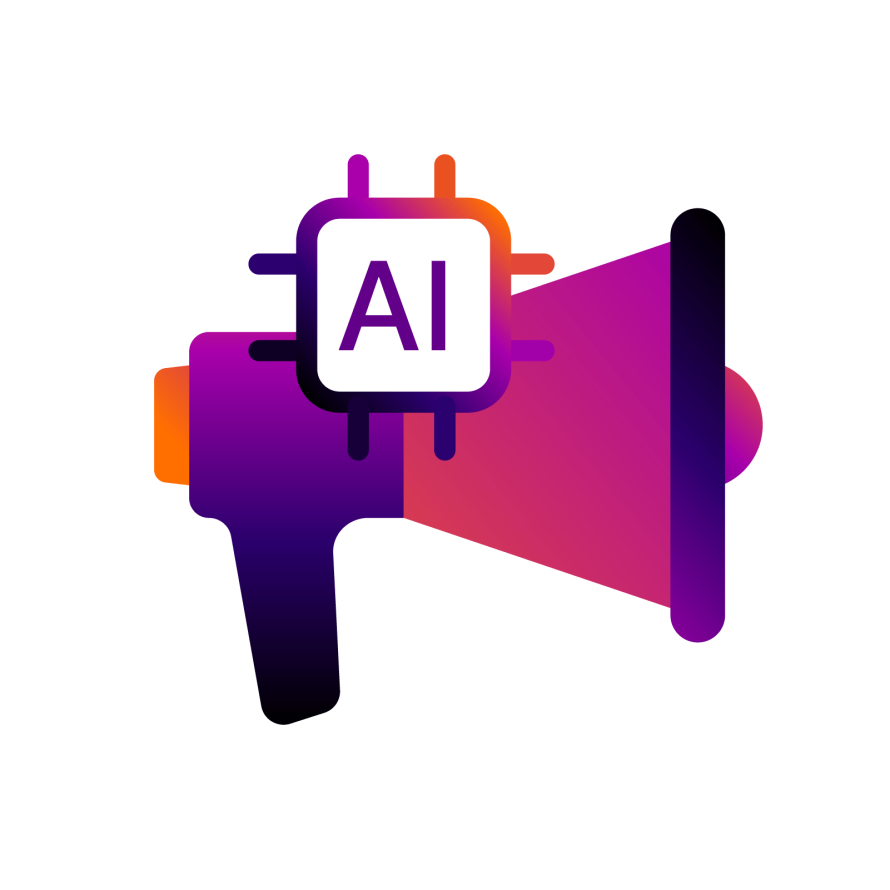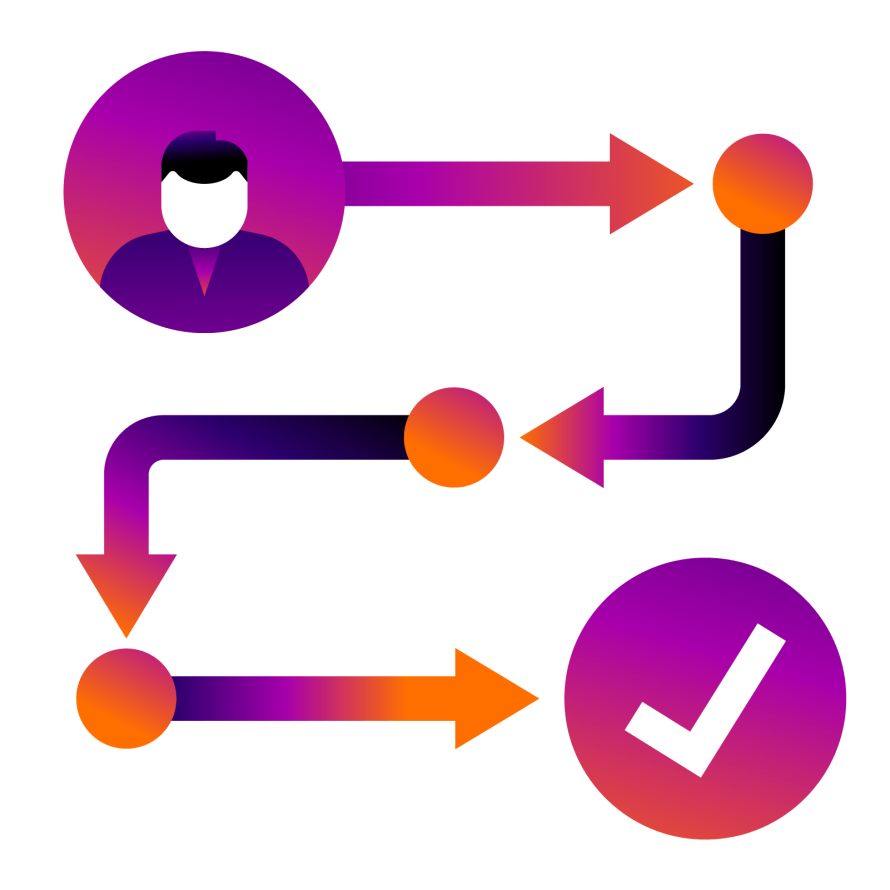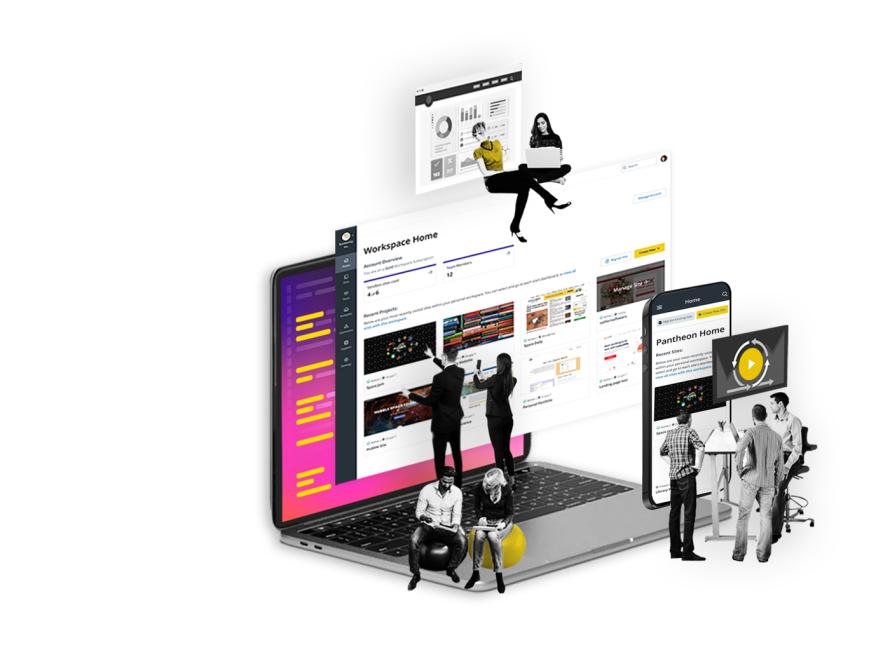Creating Tailored Experiences: The Evolution of Personalization in Digital Marketing
Personalization is necessary for brands looking to capture and retain customer attention. Yet, despite its clear advantages, personalization in digital marketing presents its unique challenges.
Companies that excel in personalization grow faster and generate 40% more revenue from their efforts than their average-performing counterparts. This statistic highlights the effectiveness of personalization and underscores its potential as a transformative force in digital marketing.
Additionally, with 78% of consumers affirming that personalized content significantly boosts their likelihood of repurchasing, the message is clear: Personalization is crucial for building strong customer relationships.
However, crafting a personalized experience isn't as straightforward as it may seem. Many companies struggle to implement effective personalization strategies, often due to a lack of preparation, inadequate resources, or insufficient understanding of customer data. This can turn a promising tool into a missed opportunity, frustrating customers and marketers.
Personalization requires a solid foundation built on in-depth preparation, a dedicated team committed to understanding and leveraging consumer behaviors, and an ongoing strategy to assess what works and what doesn’t. In this article, we will explore how digital marketing has evolved with the rise of personalization, the common pitfalls brands encounter, and how to sidestep them to create truly tailored experiences that resonate deeply with your target audience.
Driving Customer Engagement Through Personalized Experiences
Did you know that 75% of customers now expect brands to simplify navigation on their websites, while 67% look forward to receiving relevant product and service recommendations tailored specifically to their preferences? By meeting these expectations, businesses can increase the likelihood of a sale and foster long-term customer loyalty. When customers feel that a business truly understands their needs, their trust in that business increases, paving the way for a deeper relationship and more sales.
Examples of Personalized Marketing
Personalized marketing can take many forms, each appropriate for different customer journey stages and various business contexts. Here are a few effective strategies:
- Exclusive Offers for First-Time Visitors: It can be challenging to capture the interest of first-time visitors. An exclusive, personalized offer, such as a discount or a special welcome gift, can significantly enhance engagement and encourage them to make their first purchase.
- Personalized Recommendations: As customers browse your site, dynamic algorithms can help showcase items that might interest them based on their current selections or purchase history. This could be in the form of “People who bought this also bought…” suggestions, which nudge customers to consider additional, complementary products.
- Frequently Bought Together: This feature suggests combinations of products that are often purchased together, enhancing the shopping experience by making it easy for customers to find related products that meet their needs without extensive searches.
- Alternatives and Related Products: When a customer is viewing a product, showing them related items or alternatives can provide additional choices without requiring them to go back and navigate through menus. This could be implemented as “Products related to this item” or “Other products in this category.”
- Geolocation-Based Targeting: Customizing the shopping experience based on your customers' location can greatly improve their browsing. This involves guiding them to a store specific to their country, where they can shop in their language, view culturally relevant products, and access accurate shipping details. For instance, you could adjust ad visuals to depict right-side driving for a US audience and left-side driving for UK customers.
Current Trends and the Future of Personalization in Digital Marketing
As we look ahead, digital marketing continues to evolve rapidly, driven by technological innovations and changing consumer expectations. Understanding these trends is important for marketers aiming to stay ahead in a highly competitive market. Let’s take a look:
Omnichannel Marketing
Image

Customers expect a smooth and unified experience across all brand interactions, whether online (via social media), in-store, or mobile apps. That’s why omnichannel marketing is becoming more popular.
Omnichannel marketing is a strategy that integrates various communication channels to provide a smooth and cohesive experience for customers across all touchpoints. Rather than treating each channel independently, omnichannel marketing aims to create a unified brand experience. Ensuring consistency across all these channels enhances trust and satisfaction, making it more likely for customers to engage with the brand repeatedly.
The Growing Role of AI
Image

Artificial intelligence (AI) is playing an increasingly significant role in personalization. Modern AI-powered technologies, especially chatbots, have evolved to manage complete customer conversations, providing personalized responses based on the interaction context. This improves customer service efficiency and enhances the user's experience by offering quick and relevant solutions to their inquiries.
However, AI chatbots should be treated with some caution. In several cases, chatbots have made mistakes, which has cost the company. At the start of 2024, Air Canada was forced to partially refund a customer after its chatbot had given misinformation regarding its bereavement fares.
Personalized Video
Personalized video content goes beyond merely inserting a customer's name; it involves tailoring the entire content to meet each viewer's needs and interests. This approach effectively engages potential B2B clients by addressing their unique challenges and goals. It requires a lot of effort, so it is most suited to high-ticket clients.
When viewers feel that the content is directly relevant, they are likelier to engage with it, share it and take the desired action (e.g., making a purchase, scheduling a meeting or signing up for a service).
Email Marketing
Crafting personalized subject lines is a simple yet effective way to capture attention and foster a connection. To achieve more targeted messaging that resonates with different groups, try
segmenting your email audience, such as retargeting those who have abandoned their shopping carts.
Consumers now expect personalized product recommendations in emails, and many can feel let down if they’re offered generic suggestions instead.
Interactive Content
Creating interactive content, such as online quizzes, mirrors the personalized assistance one might receive from an in-person experience. These tools engage customers and gather valuable data, enabling further personalization of product suggestions and improving the overall experience.
Optimizing the Customer Journey
Image

Keeping the customer journey short and straightforward is vital. Customizing homepages to feature items of interest, making past orders easily accessible for reordering, and allowing customers to save favorites are all strategies that enhance usability and customer satisfaction. Efficient account management tools and visible “Recently viewed” items help reduce frustration for indecisive shoppers, increasing the likelihood of conversion.
How To Create a Successful Personalized Marketing Strategy
Creating a personalized marketing strategy that resonates with customers and drives engagement requires careful planning, execution and monitoring. Here’s a step-by-step guide on how to develop an effective personalized marketing strategy:
1. Assemble the Right Team
The first step in launching a successful personalized marketing strategy is to gather a dedicated team. Underestimating the resources needed for personalization is a common pitfall.
Personalization efforts require significant investment in time and human resources to ensure that every aspect of the strategy is finely tuned and effectively implemented. A good strategy entails having great ideas and the manpower to carefully plan, execute and monitor those ideas.
2. Define Clear Goals
Before tackling personalization, assess your business goals and determine where it can make the biggest impact. Whether automated emails, remarketed ads, personalized product recommendations or tailored landing pages, each element should align with specific objectives. Clear goals help direct personalization efforts and ensure they contribute to the overall business strategy.
3. Collect Data Respectfully
Data is the foundation of any personalization strategy. Collecting detailed and accurate customer data is essential, but it’s equally important to do so respectfully. Ensure that your data collection methods comply with privacy laws and that customers know what data is being collected and how it will be used. Transparent data practices build trust and enhance customer relationships.
4. Analyze and Segment Your Audience
Once you have collected the data, the next step is to analyze it to understand your audience better. Break down your audience by:
- Demographics: Age, gender, education level, etc.
- Geolocation: Country, city, climate area, etc.
- Interests: Preferences, hobbies and other psychographic information.
- Spending Levels/Shopping Habits: How much and how often they buy, average order value, etc.
This detailed segmentation allows for more precise targeting and helps craft messages that speak directly to each segment's needs and desires.
5. Test, Refine and Keep Testing
A/B testing is a powerful tool in personalized marketing because it examines different versions of your content, messages or images. This will allow you to clearly see which variations perform the best and refine your approach accordingly.
But remember, the work doesn’t stop there. Customer preferences can shift, and market dynamics can change, necessitating ongoing testing and adjustments. Continuous testing ensures that your personalization strategies remain effective and relevant over time.
Challenges in Implementing Personalization: Technical Constraints and Privacy Concerns
While personalization in digital marketing offers numerous benefits, implementing it effectively comes with its own set of challenges, especially in data collection.
Data collection can primarily be done in two ways:
- Analytics: This method tracks and analyzes user behavior on websites and apps. Marketers must ensure that their data collection practices comply with legal frameworks such as the General Data Protection Regulation (GDPR) in the EU and the California Consumer Privacy Act (CCPA) in the U.S. to protect user privacy and maintain trust.
- Customer Surveys: Surveys are a more direct method of gathering data and can provide insights that are not easily captured through analytics. However, they require customer effort to complete and longer surveys may lead to higher abandonment rates. To maximize effectiveness, surveys should be concise and offer some form of value to encourage participation.
One of the most finicky aspects of personalization is balancing it in a way that does not feel invasive or creepy to customers. For instance, 41% of consumers find receiving a text from a brand as they walk past a physical store unsettling. Similarly, aggressive retargeting tactics, such as repeatedly contacting customers about an abandoned cart, can quickly turn from helpful to harassing. Marketers need to tread carefully to maintain a positive relationship with their audience.
Although many personalization tasks can be automated, a successful strategy requires significant human oversight. Setting up personalization elements is just the beginning. Continuous monitoring and data analysis are essential to ensure that personalization efforts remain effective and relevant. Without adequate resources dedicated to these tasks, even the most well-intentioned strategies can fall short.
Another significant challenge is organizing the collected data into actionable buyer personas. While businesses often have access to a wealth of data, transforming this data into a cohesive set of characteristics that accurately represent different market segments can be difficult. It requires data analysis skills and deep insights into consumer behavior and preferences.
How To Leverage Pantheon for Effective Personalization in Your Digital Marketing Strategies
At Pantheon, our web operations (WebOps) platform offers powerful tools to enhance your website's personalization capabilities without sacrificing speed or performance. Here’s how to leverage Pantheon to boost digital marketing strategies through advanced personalization.
Image

Pantheon’s Edge Integrations
Pantheon’s Edge Integrations allow users to personalize their Drupal or WordPress sites directly on the Pantheon platform. This feature enables personalization based on user-specific details such as geolocation or interests.
What sets our platform apart is that this personalization is handled at the network's edge, meaning that it doesn’t require additional software that could slow down your site. This integration ensures that your site remains fast and responsive while delivering a highly personalized experience to each visitor.
Lytics Personalization Engine
At Pantheon, we have partnered with Lytics to integrate its Personalization Engine, providing an even broader range of personalization options. This collaboration lets our customers tap into advanced analytics and behavioral data to craft more nuanced and effective personalization strategies. Businesses will be able to understand their audiences better and deliver more targeted content, offers and experiences that resonate with individual preferences and behaviors.
Take Your Personalized Marketing to the Next Level
The shift towards personalized marketing is reshaping how businesses interact with their audiences, making it imperative for marketers to adopt and excel in this area. After all, consumers now expect brands to understand their needs and preferences and tailor experiences accordingly.
The effectiveness of a personalized marketing strategy is heavily dependent on the performance of your website. A fast and stable website directly influences user experience, engagement and satisfaction. Long loading times or downtime can frustrate users, leading them to abandon your site. This impacts your immediate engagement metrics and tarnishes your brand's reputation.
But you don’t have to worry about that when you're using Pantheon. We support high-level personalization without compromising on website speed or performance. Also, with our Edge Integrations, Global CDN, Advanced Global CDN, and the integration of Lytics Personalization Engine, Pantheon provides a comprehensive suite of tools designed to deliver personalized content efficiently and effectively.
If you’re ready to enhance your digital marketing efforts with advanced personalization capabilities while ensuring your site remains fast and reliable, try Pantheon. Sign up to try the platform for free, or contact one of our experts to discuss how our platform can meet your specific needs and help you take your personalized marketing to the next level!